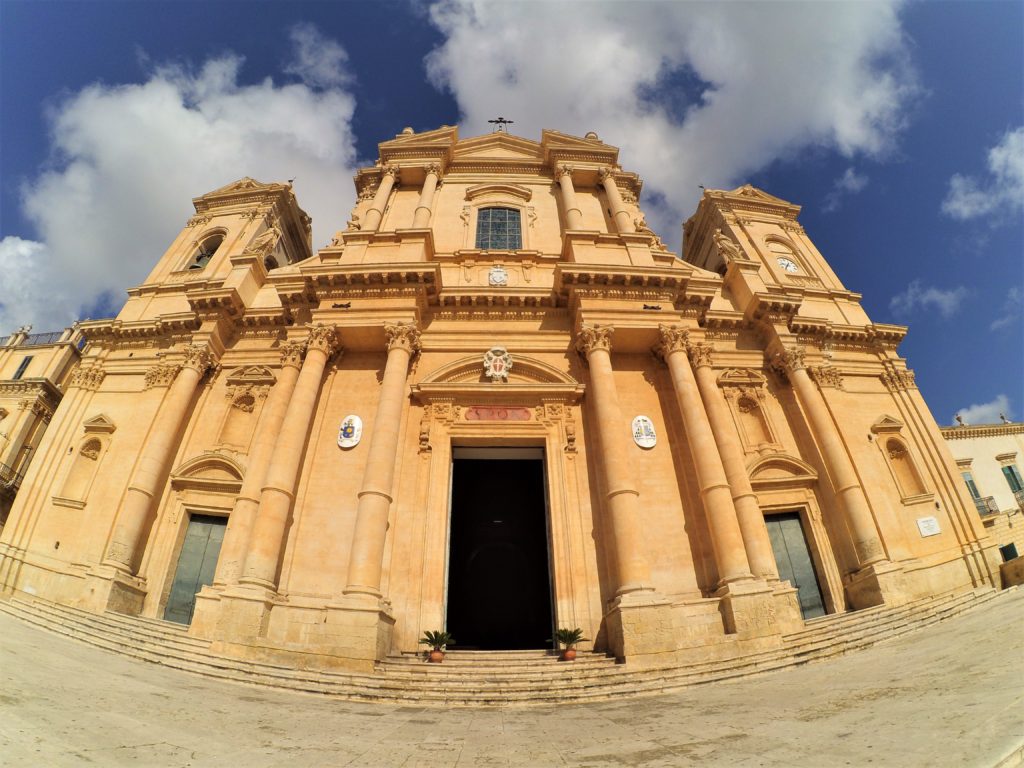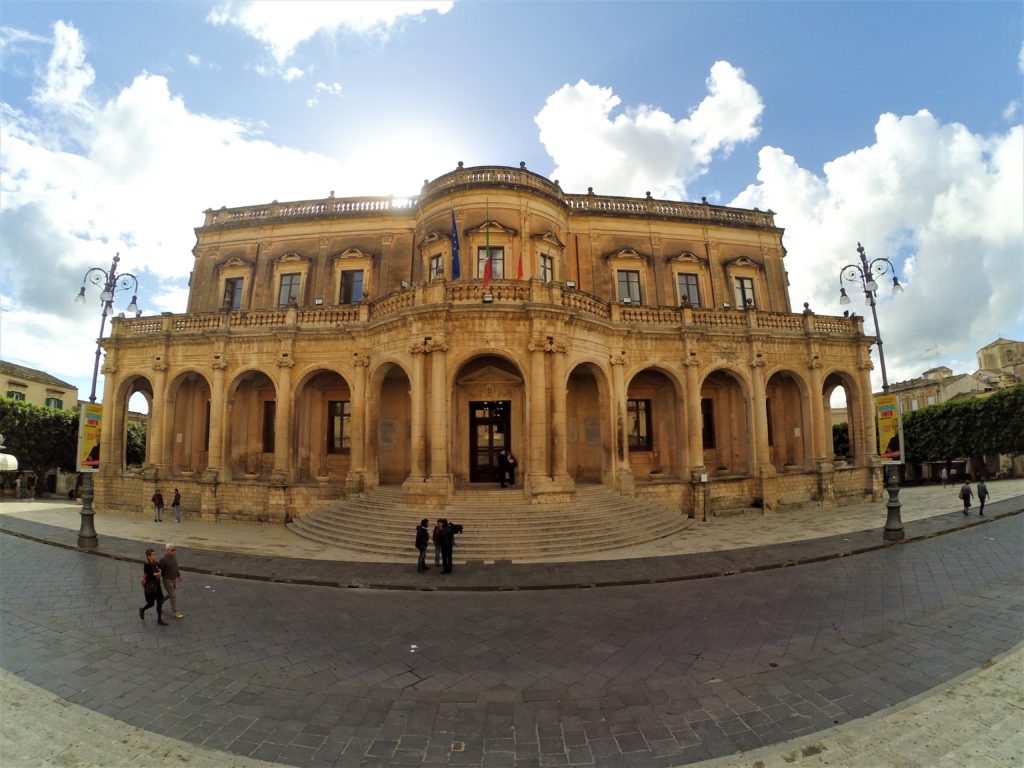The Sicilian east coast hides beauties of absolute prestige. Along this side there are in fact cities with a thousand-year history such as Catania, Messina, Taormina, SIRACUSA o Noto. The latter is particularly fascinating because it is considered the capital of Sicilian baroque. Its squares and streets are a real journey into the art of the seventeenth and eighteenth centuries.
Noto: the small city transformed into the capital of the Baroque
The origins of Noto date back toBronze Age, but not in today's position but about 8 km further north, on the mountain Alveria. Here, according to legend, he was born and raised Ducezio, historical Sicilian leader who will lead several revolts against the Greeks. Unfortunately for him, however, the Hellenic power prevailed after his death, making Noto a colony of nearby Syracuse. After the Greeks it was the turn of the Romans, who granted Noto its own senate. In fact, in many monuments it is possible to read the inscription SPQN, i.e. Senatus PopulusQue Netinus.
Like all of Sicily, Noto witnessed the passage of various civilizations such as the Arab, Norman or Saracen one. But it is with the Aragon that the city experienced one of its best periods, at least until the terrible earthquake of 1693.

On 11 January 1693 Noto, like much of the eastern area of Sicily, was hit by a very violent earthquake. The whole city was razed to the ground, and thousands of people died under the rubble. The Duke of Camastra Joseph Lanza he established the reconstruction at another site, closer to the sea. For the occasion, several architects were called from all over the world. Their work, carried out almost at the same time, gave Noto a series of large buildings that followed the artistic trend of the time: the barocco. Palaces, squares and streets thus formed extremely harmonized scenarios, making the entire city a jewel of absolute prestige. So beautiful to be included in the list of UNESCO heritage.
Stroll in the Baroque
The main street offers a series of monumental works that are unique of their kind. There Cathedral Basilica of San Nicolò it is certainly among the most fascinating monuments of Noto. Built immediately after the earthquake, it is the seat of the city diocese. Since 1940 it has been recognized as building of national interest, while UNESCO has declared it a World Heritage Site. What is seen today, however, is not the original construction. In 1996 part of the structure collapsed due to the damage reported in another earthquake, that of 1990. Rebuilt as it once was, it was reopened in 2007 after years of work.

Right in front of the Cathedral there is another building of great interest: Palace Ducetius. Built between the eighteenth and nineteenth centuries, it has a facade with a series of arches supported by columns, all decorated in the Baroque style of the time. Noteworthy is the Hall of Mirrors, so called for its numerous mirrors that characterize the furniture.

But the wonders of Noto do not end there. From the theater Tina DiLorenzo, regarded as the Milan staircase in miniature, up to Port Royal, built on the occasion of the arrival of Ferdinand II of Bourbon. Each alley, square or building is a living and pure testimony of what the Baroque was in Sicily.






